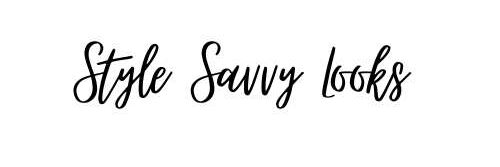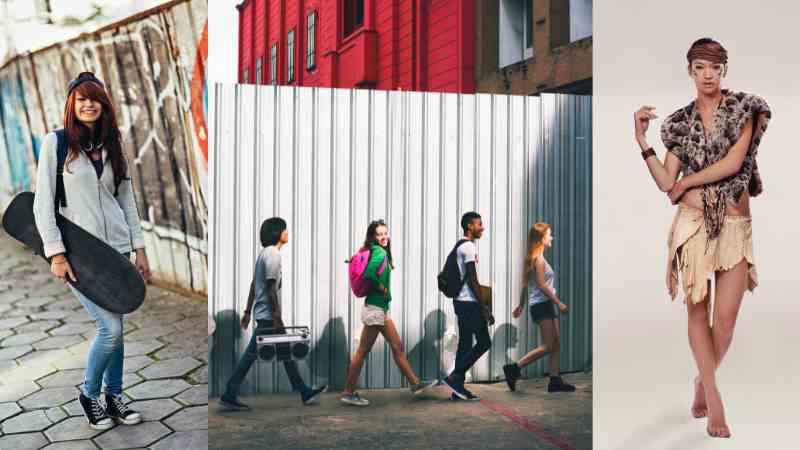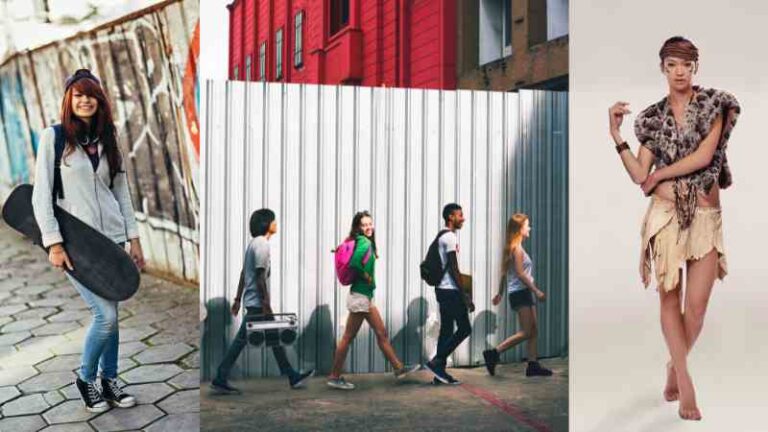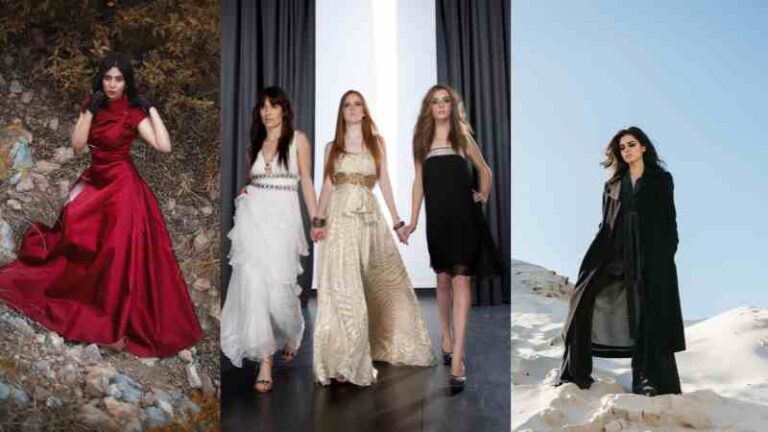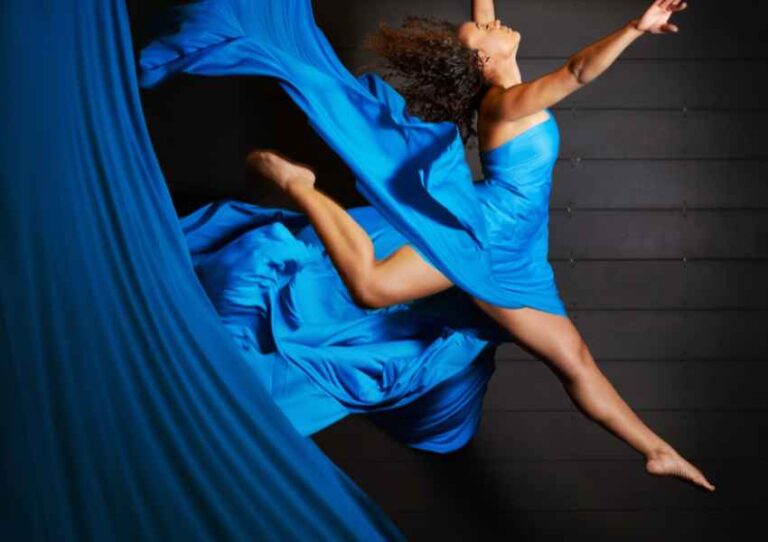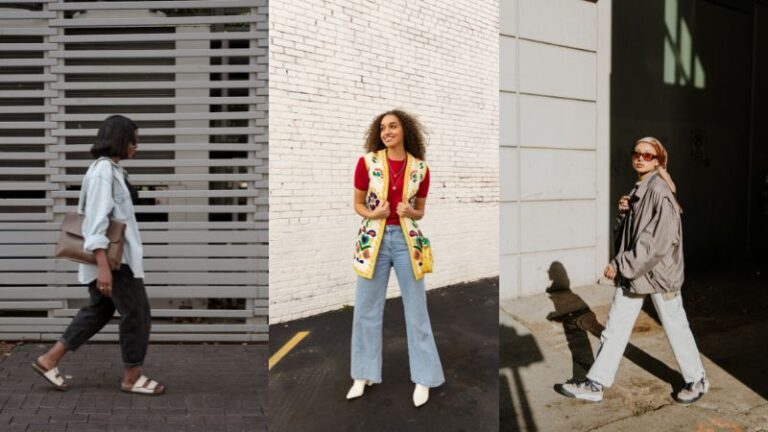Definition of Fashion Fashion is more than just clothing; it is a dynamic cultural phenomenon that encompasses clothing, accessories, and style choices that individuals adopt to express themselves, conform to social norms, or rebel against them. It is a reflection of personal identity and a means of communication through aesthetics, reflecting the values, aspirations, and tastes of a particular time and society.
Pop Culture’s Influence on Fashion Pop culture, also known as popular culture, refers to the ideas, images, and behaviors that are most widely accepted and celebrated at any given time. Fashion and pop culture share a symbiotic relationship where each influences and shapes the other. Pop culture serves as a wellspring of inspiration for fashion designers, and, in turn, fashion plays a pivotal role in defining and disseminating pop culture trends. This interplay between fashion and pop culture is a captivating and ever-evolving phenomenon worth exploring.
Purpose of the Outline The purpose of this outline is to delve into the multifaceted relationship between fashion and pop culture. We will look at how iconic figures and cultural movements have influenced fashion as it has changed within the context of pop culture. Additionally, we will examine the historical moments and milestones that have left an indelible mark on pop culture and fashion. By doing so, we aim to gain a deeper understanding of the profound significance of fashion in shaping and reflecting the dynamics of our society and popular culture.
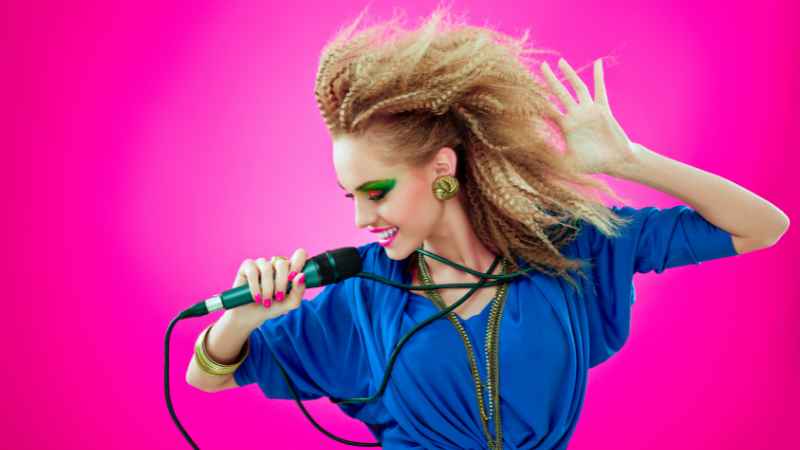
- Definition of Fashion: Fashion is a dynamic cultural phenomenon encompassing clothing, accessories, and style choices used for self-expression, conforming to norms, or rebelling against them. It reflects personal identity and communicates societal values.
- Pop Culture’s Influence on Fashion: Pop culture and fashion share a symbiotic relationship, with each influencing and shaping the other. Pop culture serves as inspiration for fashion designers, and fashion plays a pivotal role in defining and disseminating pop culture trends.
- Historical Context: Understanding fashion’s evolution in pop culture involves examining early influencers like Marilyn Monroe and countercultural movements such as the hippies and punks. Iconic fashion eras and the impact of celebrities and music also play crucial roles.
- The Intersection of Fashion and Identity: Fashion is a tool for self-expression, allowing individuals to convey their identity through clothing choices. Subcultures, countercultures, and societal influences, including gender roles and diversity, all influence fashion.
- Fashion as Communication: Fashion communicates non-verbally through style, indicating social status and economic indicators, and conveying political or social messages, such as protest fashion. It’s also influenced by international trends and raises questions about cultural appropriation.
- Pop Culture Icons and Their Fashion Impact: Celebrities influence fashion through red carpet appearances and endorsements. Music artists like Madonna and Lady Gaga have shaped trends and influenced music subcultures, like hip-hop fashion.
- The Business of Fashion in Pop Culture: The fashion industry significantly impacts GDP and employment. Luxury brands represent status and consumerism. Fast fashion raises concerns about environmental impact and ethical considerations.
Historical Context: Evolution of Fashion in Pop Culture
- Early Influencers (e.g., Marilyn Monroe, James Dean) In the mid-20th century, figures like Marilyn Monroe and James Dean epitomized a new wave of fashion influence in pop culture. Their distinctive styles, characterized by Monroe’s iconic dresses and Dean’s rebellious yet timeless denim and leather, not only captivated audiences but also set fashion trends that endured.
- Cultural Movements (e.g., Hippie, Punk) The 1960s and 1970s saw the rise of countercultural movements like the hippies and punks. These subcultures challenged mainstream fashion conventions and introduced new, provocative styles that questioned societal norms. Hippies embraced a free-spirited, bohemian look, while punks favored edgy, DIY-inspired fashion statements with leather, studs, and torn garments.
Key Moments in Pop Culture Fashion
- Iconic Fashion Eras (e.g., 1920s Flapper, 1980s Power Dressing) The 1920s flapper era ushered in a radical shift in women’s fashion, with shorter hemlines, drop-waist dresses, and a newfound emphasis on liberation and independence. Conversely, the 1980s witnessed the power dressing trend, characterized by bold shoulder pads, vibrant colors, and conspicuous luxury brands, reflecting the economic dynamism of the era.
- Impact of Celebrities and Music (e.g., Elvis Presley, Madonna) Celebrities and musicians have often served as fashion icons who shape trends. Elvis Presley’s rock ‘n’ roll style and signature jumpsuits made him a fashion sensation, while Madonna’s provocative and ever-changing looks throughout the 1980s and beyond influenced countless fashion choices and attitudes.
It is possible to appreciate how fashion has developed as a dynamic and responsive cultural force that both influences and shapes the world around it by understanding the historical context of fashion within pop culture.
More Post : Influence Of Street Style On Fashion Culture
The Intersection of Fashion and Identity—Expression of Individuality
- Self-Identity Through Clothing Choices Fashion serves as a powerful means for individuals to express their unique identities. Our clothing choices can communicate our personal values, interests, and moods. Whether it’s a tailored suit, a bohemian dress, or streetwear, our attire often reflects who we are and how we want to be perceived by others. This avenue of self-expression is not confined to clothing alone; accessories, hairstyles, and even tattoos contribute to the visual narrative of our identity.
- Subcultures and Countercultures Fashion is intimately intertwined with subcultures and countercultures. These groups form around shared values, aesthetics, and lifestyles. Punk rockers with their leather jackets and piercings, or the elegant dandies of the 19th century, are examples of subcultures that have embraced fashion as a central means of self-identification. Similarly, countercultures like the anti-fashion movement have challenged traditional fashion norms and embraced unconventional styles to assert their identity.
Cultural and social influences
- Gender Roles and Fashion Fashion plays a pivotal role in the construction and deconstruction of gender roles. It can reinforce or challenge societal expectations regarding clothing choices and presentation. For instance, the rise of gender-neutral and gender-fluid fashion has challenged the binary understanding of clothing. Clothing items like skirts and trousers are no longer exclusively linked to gender, fostering greater inclusivity and allowing individuals to express their gender identity more freely.
- Diversity and Inclusivity in Fashion In recent years, the fashion industry has been compelled to become more inclusive and diverse. Recognizing the importance of representing different races, body sizes, and abilities, fashion brands have started embracing models and designs that reflect a broader spectrum of society. This shift towards inclusivity not only acknowledges the diverse identities of consumers but also challenges long-standing beauty ideals.
Fashion as a Form of Communication—Non-Verbal Communication Through Style
- Social Status and Economic Indicators Fashion often serves as a visual indicator of social status and economic standing. Luxury brands, adorned with distinctive logos and premium materials, are symbols of affluence and success. Conversely, minimalist or sustainable fashion may communicate a commitment to conscientious consumption. The choices we make in clothing can subtly signal our socioeconomic status, aspirations, or values.
- Conveying Political or Social Messages (e.g., Protest Fashion) Fashion can transcend aesthetics and become a platform for expressing political or social messages. Activists have used clothing to raise awareness about various issues, from environmental sustainability to gender equality. Protest fashion, in particular, utilizes garments and accessories as mediums for political dissent or solidarity, exemplifying the powerful intersection of fashion and activism.
Globalization of Fashion
- Influence of International Trends In our interconnected world, fashion trends travel quickly across borders. Globalization has made it possible for designers and consumers to draw inspiration from diverse cultures and traditions. This exchange has led to the fusion of styles and the emergence of a global fashion consciousness, where elements from different parts of the world come together to create new, exciting trends.
- Cultural Appropriation vs. Appreciation The globalization of fashion also raises ethical questions about cultural appropriation. While cultural exchange is a positive aspect of fashion, it is crucial to distinguish between appreciation and appropriation. Appropriation involves borrowing elements of a culture without proper understanding or respect, often perpetuating stereotypes or causing harm. Fashion industry stakeholders must be mindful of these nuances to ensure respectful cross-cultural influences.
Understanding the multifaceted role of fashion as a tool for self-expression, communication, and cultural exchange allows us to appreciate its profound impact on our identities and broader societal discourse. Fashion’s ability to transcend boundaries and provoke conversations makes it a dynamic force in shaping contemporary culture.
Pop Culture Icons and Their Fashion Impact—Celebrities as Fashion Influencers
- Impact of Red Carpet Appearances Celebrities play a pivotal role in shaping fashion trends, particularly through their appearances on red carpets at events like the Oscars and Met Gala. These high-profile moments are closely watched by fashion enthusiasts and designers, making them a platform for showcasing the latest couture creations. A single iconic gown or suit worn by a celebrity can catapult a designer to fame and influence the fashion choices of millions.
- Endorsements and Collaborations Many celebrities have capitalized on their influence by endorsing fashion brands or collaborating on fashion lines. For example, actors, musicians, and athletes frequently partner with renowned fashion houses to create exclusive collections. These collaborations not only boost the celebrity’s brand but also bring a fresh perspective to established fashion brands, attracting a broader and younger audience.
Music Artists and Their Style Evolution
- Madonna, Lady Gaga, Beyoncé, etc. Music artists are renowned not only for their music but also for their distinctive fashion sensibilities. Madonna’s provocative and ever-evolving style during the 1980s made her a fashion icon. Lady Gaga’s avant-garde and boundary-pushing fashion choices challenge conventional norms. Beyoncé’s influence extends beyond her music, with her fashion choices reflecting empowerment and individuality. These artists use fashion as an extension of their artistry and as a means to connect with their audiences on a deeper level.
- Influence on Music Subcultures (e.g., Hip-Hop Fashion) Music and fashion have long been intertwined, with genres like hip-hop having a profound influence on fashion trends. Hip-hop artists such as Run-D.M.C. popularized Adidas tracksuits and sneakers, while artists like Tupac Shakur and Notorious B.I.G. introduced a streetwear aesthetic with baggy jeans and oversized jerseys. These artists not only shaped the fashion preferences of their fan base but also impacted broader urban streetwear culture.
The Business of Fashion in Pop Culture: The Fashion Industry’s Economic Significance
- Impact on GDP and Employment The fashion industry is a significant contributor to many countries’ economies. It encompasses a vast ecosystem of designers, manufacturers, retailers, and marketers, creating jobs and driving economic growth. Moreover, fashion-related activities, such as fashion weeks and retail, generate substantial revenue and tourism, further boosting local economies.
- Luxury Brands and Consumerism Luxury fashion brands have a unique place in pop culture. They not only represent exclusivity and status but also contribute to consumerism. The desire for luxury items often leads to conspicuous consumption, with individuals purchasing high-end products to showcase their wealth and status. Luxury brands frequently collaborate with celebrities, reinforcing their influence on fashion consumption patterns.
Fast fashion and sustainability concerns
- Environmental Impact The fast fashion industry, characterized by rapid production cycles and disposable clothing, has come under scrutiny for its environmental impact. The high demand for inexpensive clothing has led to overproduction, excessive waste, and pollution. The fashion industry is one of the largest contributors to global textile waste and carbon emissions, prompting calls for sustainable practices and greater accountability.
- Ethical Considerations Alongside environmental concerns, ethical issues within the fashion industry have gained prominence. Sweatshop labor, unsafe working conditions, and low wages in some parts of the industry have raised ethical questions about the production of clothing. Consumers are increasingly demanding transparency and ethical practices from fashion brands, influencing purchasing decisions and pushing for positive change.
The influence of pop culture icons on fashion and the economic significance of the fashion industry underscore the profound impact of clothing and style choices on society. From red carpet moments to music subcultures, fashion remains a dynamic and influential force that shapes both culture and commerce.
Technology’s Role in Shaping Fashion in Pop Culture, Social Media, and Fashion Influencers
- Instagram, TikTok, and YouTube Social media platforms like Instagram, TikTok, and YouTube have revolutionized the fashion industry. Fashion influencers, bloggers, and vloggers leverage these platforms to showcase their unique styles and collaborate with brands. These visual-centric platforms provide a direct and immediate connection between fashion enthusiasts and influencers, allowing trends to spread rapidly. Users can follow their favorite fashion personalities for style inspiration and product recommendations, making social media a driving force behind fashion choices.
- The Rise of Micro-Influencers In addition to well-known fashion influencers, micro-influencers have emerged as powerful figures in shaping fashion trends. These individuals have smaller but highly engaged followings, allowing them to foster a more intimate and authentic connection with their audience. Micro-influencers often focus on niche fashion subcultures or specific styles, making them valuable for brands looking to target particular demographics.
Virtual fashion and digital experiences
- Virtual fashion shows and metaverse fashion shows have entered the digital realm, with designers hosting virtual runway presentations. These events are accessible to global audiences and incorporate innovative technologies like augmented reality (AR) and virtual reality (VR). The concept of the metaverse, a digital universe where people interact through avatars, is also influencing fashion. Virtual fashion items, designed solely for online avatars, are gaining popularity, blurring the lines between physical and digital fashion.
- Sustainability Through Digital Fashion Digital fashion offers a sustainable alternative to traditional clothing production. Virtual garments can be bought and worn exclusively in digital spaces, reducing the environmental impact associated with physical clothing production. This trend aligns with growing concerns about sustainability and ethical fashion, providing a creative solution to address these issues while allowing users to express themselves through unique digital fashion pieces.
Conclusion
A Recap of Fashion’s Significance in Pop Culture Fashion continues to play a pivotal role in pop culture, serving as a means of self-expression, communication, and cultural reflection. Pop culture icons, historical context, and technology have all contributed to the ever-evolving landscape of fashion.
The Ever-Evolving Nature of Fashion’s Role Fashion’s role in pop culture is dynamic, constantly adapting to societal changes, technological advancements, and individual preferences. It reflects the zeitgeist of its time and serves as a mirror to the values and aspirations of society.
Future Trends and Challenges in Pop Culture Fashion Emerging technologies, sustainability initiatives, and shifting societal norms are likely to shape the future of pop culture and fashion. Trends such as virtual fashion and increased inclusivity are expected to continue influencing the industry. However, challenges related to environmental impact and ethical practices will require ongoing attention and innovation from fashion stakeholders.
In an increasingly interconnected world, fashion remains a powerful and influential force, continually pushing boundaries and reshaping the way we express ourselves and engage with popular culture.
